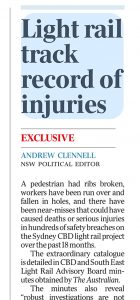The business sector of Australia has been remarkably quiet on the recent media attention given to hazard of silicosis in, particularly, the synthetic stone commonly used as kitchen benchtops. However the Australian Chamber of Commerce and Industry (ACCI) did make a media statement.
It largely emphasised its role as a member of Safe Work Australia and the action taken on silicosis matters through that mechanism. However membership of a tripartite consultative mechanism does not mean that that is the only pathway for change. SafetyAtWorkBlog put some questions to ACCI about silicosis and its Associate Director, Work Health & Safety and Workers’ Compensation Policy, Jennifer Low, responded:
SAWB: The media statement says that ACCI will continue to be active through its representation on Safe Work Australia. Are there any specific dust-related initiatives that ACCI is recommending to its members? Perhaps in relation to supply chain safety on high silica-content products? Continue reading “ACCI on silicosis”

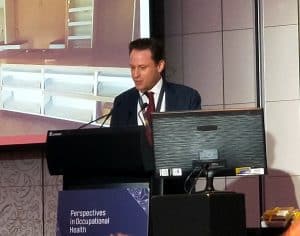 Rumours of a TV report on the increasing hazards of silicosis have floated around for a week or so. On October 10 2018, the show appeared on the Australian Broadcasting Corporation’s
Rumours of a TV report on the increasing hazards of silicosis have floated around for a week or so. On October 10 2018, the show appeared on the Australian Broadcasting Corporation’s 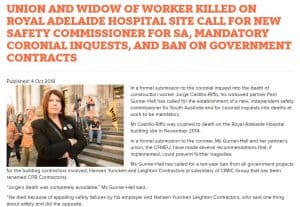
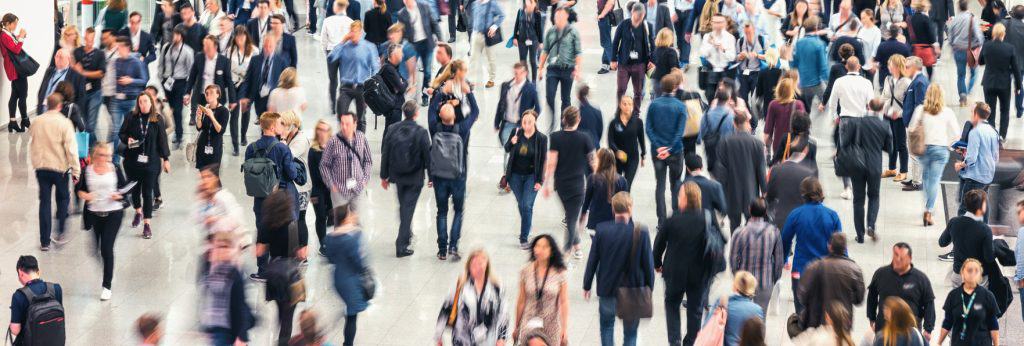

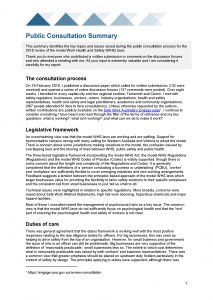 The Independent
The Independent 